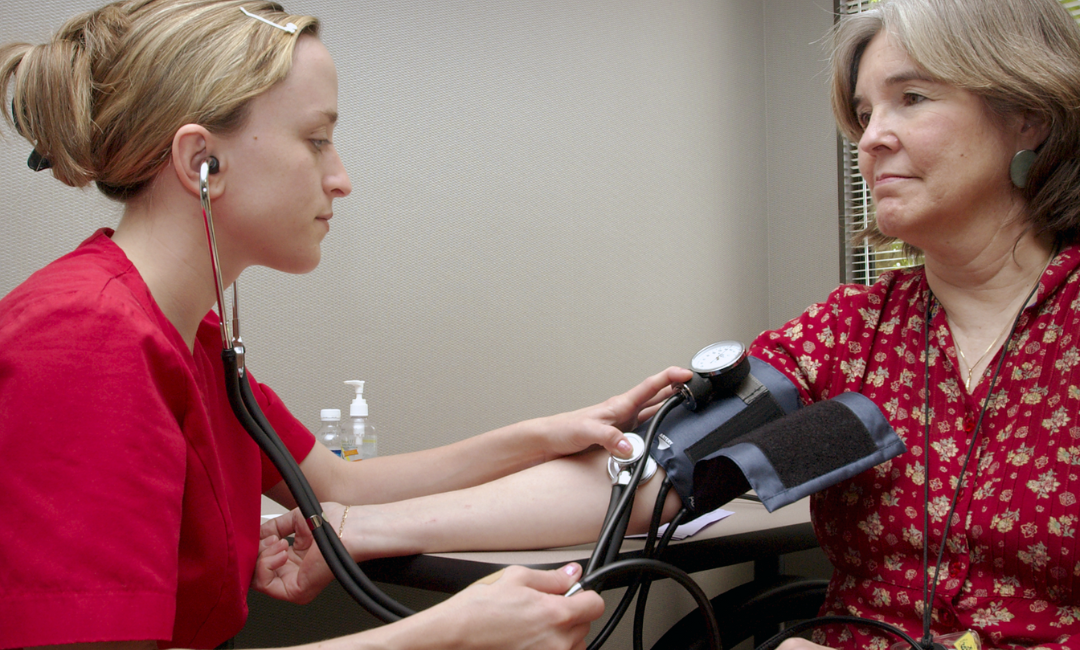Life-Limiting Illness
Life-limiting illnesses can occur at any age and hinder a person’s quality of life and their ability to do things they once could. A life-limiting illness is an active, progressive, or advanced disease that has little to no prospective cure and typically becomes worse with time, resulting in death.
Some examples of life-limiting illnesses are:
- Advanced cancer.
- Motor neuron disease.
- Dementia.
- Neurological diseases.
- Lung disease.
- Advanced heart disease.
Ongoing Continuing Education
The need for ongoing continuing education is vital in hospice and palliative care as these services continue to grow (Connor, 2007). Continuing education allows for reviewing best practices, participating in research planning, and reviewing interdisciplinary team functions (Westcott et al., 2019). The interdisciplinary team often includes physicians, physician assistants, nurse practitioners, social workers, registered nurses, licensed practical nurses, chaplains, volunteers, physical therapists, and nursing assistants. The interdisciplinary team must understand each other’s roles and how to provide high-quality hospice and palliative care effectively (Levine et al., 2017). The evidence discussed next will determine if interdisciplinary palliative and hospice education is efficacious in improving an increase in clinical knowledge and practice application.
Though palliative and hospice care provide team-based care for patients and families experiencing life-limiting illness, their practices have different structures.
Healthcare organizations often contain both care practices. The interdisciplinary team may practice, educate, and consult in both healthcare arenas. Most private and governmental insurance systems view palliative care as a specialty. Hospice is a Medicare benefit, elected once patients meet criteria of less than six months of life expectancy. Medicare requires hospice agencies to follow a set of rules known as Conditions of Participation (COP). One COP requires an interdisciplinary team to meet at least bimonthly to review a patient and family’s goal of care (Connor, 2007).
An interdisciplinary hospice team navigates complex medical conditions and associated symptom management, family dynamics, and end-of-life spiritual and psychosocial issues. A physician trained in hospice and palliative care leads the interdisciplinary team. However, the remainder of the team often does not have pre-employment education to support this approach to care. Training and learning occur in the clinical environment for interdisciplinary members new to hospice and palliative care (Sivell et al., 2015). Research evidence data collection took place to assess the effectiveness of these training programs, and four scholarly articles were reviewed.
The articles were original research and contained measurable data related to hospice and palliative care education training programs or the development of programs. The education training programs varied in format and delivery. All training programs involved most of the interdisciplinary team from established palliative and hospice care teams. The interdisciplinary team participants not represented in the articles were volunteers and nursing assistants. Three palliative and hospice care teams in the research articles practiced in the United States (Levine et al., 2017; Sivell et al., 2015; Westcott et al., 2019). One palliative care team practiced in Ukraine (Paal et al., 2020). Sample sizes were adequate for all data collected except for the study by Wescott et al., which contained six participants (2019). Study designs included qualitative and mixed methods.
Surveys of palliative and hospice clinical members indicated they often serve as educators for each other. Clinical team members also reported they had no formal educational or teaching training. The type of teaching focused on the team member’s perception of what inexperienced team members needed for their job. Types of learning identified included experiential learning, debriefing, and role modeling (Wescott et al., 2019).
One qualitative survey demonstrated that participants felt an interdisciplinary team best taught palliative care topics (Sivell et al., 2015). A one-week-long training program for interdisciplinary palliative care providers in Ukraine revealed that post-survey results were positive for a gain in theoretical palliative knowledge (Paal et al., 2020). A two-year, intermittent, palliative care training program for physicians, advanced practice registered nurses, and registered nurses revealed a statistically significant and positive gain in knowledge with pre- and post-testing. Qualitative comments also revealed themes of positive learning environments, knowledge gained, collaborative relationships developed, and clinical practice application (Levine et al., 2017). This data has implications for the future of post-graduate hospice and palliative education.









